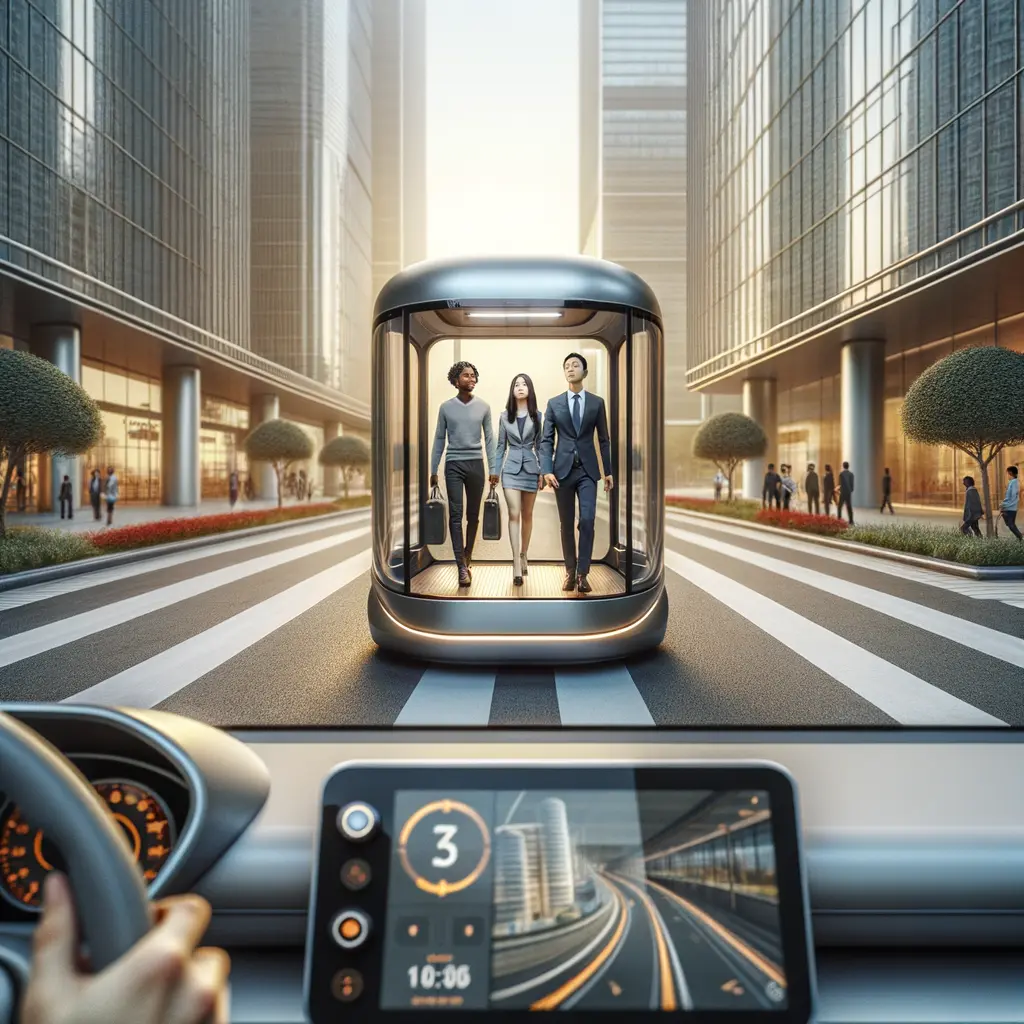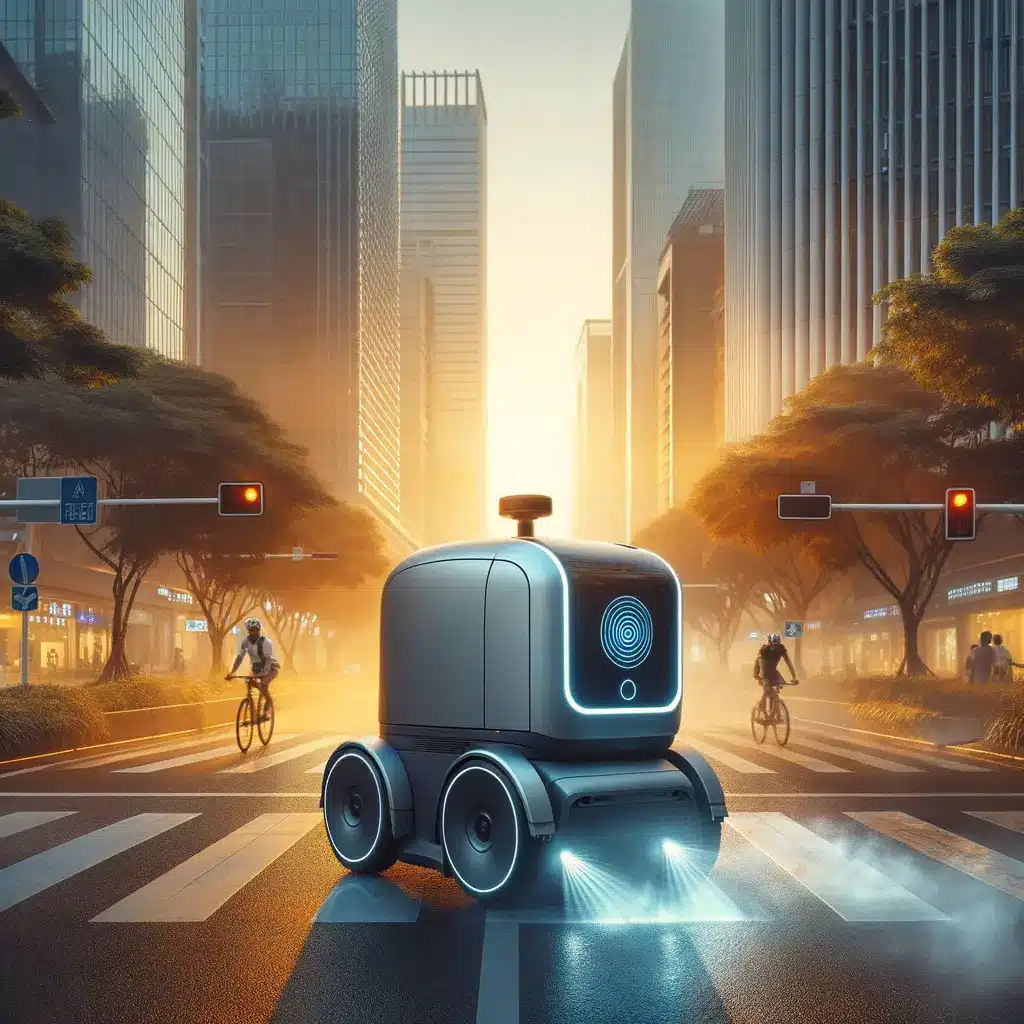Introduction: Why WeRide’s Latest Pilot Matters for Autonomous Driving
The race toward fully autonomous driving has entered a new phase, and WeRide’s expanding pilot program is quickly becoming a headline story. In October, the Chinese startup secured permission to operate its robotaxi service in Saudi Arabia—its sixth country and thirtieth city. That milestone may look modest beside Tesla’s global brand recognition, yet it signals a critical shift: autonomous driving is no longer confined to North American and Chinese megacities. Instead, it is moving into diverse geographies with different road rules, infrastructure, and consumer expectations.
WeRide’s focus on specialized fleets—airport shuttles, campus circulators, and municipal service vehicles—gives it a complementary, rather than directly adversarial, position against Tesla self-driving ambitions. Where Tesla aims to convert every Model 3 into a personal robotaxi, WeRide is proving it can retrofit minibuses and light trucks for low-speed, high-duty cycles. That distinction matters because regulatory bodies often green-light limited-route services before approving fully driverless passenger cars.
This post unpacks how the WeRide pilot program differs from Tesla, Waymo, and Baidu, and what it means for investors tracking the autonomous vehicle market. Along the way, we will highlight revenue projections, partnerships with heavyweights like Nvidia, and internal-link opportunities to earlier pieces on Tesla FSD economics and Nvidia’s DRIVE platform.

Inside the WeRide Pilot Program: Cities, Use-Cases and Early Data
Since releasing its first robotaxi in Guangzhou in 2019, the WeRide pilot program has accumulated more than 17 million autonomous kilometers across China, the United States, the UAE, and now Saudi Arabia. The company deliberately picks test beds with wide roads, predictable traffic, and supportive regulators—a strategy that contrasts with Tesla’s real-time data harvesting from private cars.
WeRide groups its deployments into three verticals:
1. **Robotaxi Technology** for on-demand passenger rides in mid-size sedans and SUVs.
2. **RoboShuttle** minibuses that move employees or travelers along fixed routes—think hotel-to-terminal transfers or office park circulators.
3. **Robovan** and **RoboStreet** services for light cargo, garbage collection, and street sweeping.
Early performance numbers are encouraging: disengagements have fallen below 0.2 per 1,000 km in RoboShuttle tests, and customer satisfaction in Guangzhou hovers at 4.8/5 on the local Super App. Those KPIs reinforce the argument that autonomous driving works best when route complexity is limited and rider expectations are aligned with short, predictable trips.
The Saudi pilot extends that logic. With sprawling urban layouts and abundant sunlight for sensor calibration, Gulf states offer a near-ideal sandbox to refine AI perception models under extreme heat and dust. If WeRide maintains its current safety metrics, regulators in neighboring UAE and Qatar may quickly follow, expanding the WeRide pilot program across the region.

Tech Stack Showdown: WeRide vs Tesla, Waymo and Baidu
Under the hood, WeRide blends sensor-heavy hardware with proprietary software, echoing Waymo’s LiDAR-first approach while borrowing Tesla’s end-to-end neural nets. Each RoboShuttle carries four RoboSense M1 LiDAR units, six HD cameras, and Continental radar modules. The compute brain is Nvidia’s DRIVE Orin, enabling 254 TOPS—enough to run perception, prediction, and planning concurrently.
Tesla self-driving, by contrast, relies on an eight-camera suite and neural nets trained on billions of driven miles, refusing to use LiDAR. The advantage: lower bill of materials and simpler aesthetics. The risk: vision-only systems struggle in heavy fog or blinding sunlight. Waymo’s fifth-generation stack adds spinning LiDAR and radar domes, producing best-in-class detection at long range but driving up cost and rooftop real estate.
Baidu’s Apollo Go splits the difference, offering an open-source OS plus plug-and-play sensor packages for Chinese OEMs. WeRide distinguishes itself with modularity; its RoboShuttle ECU can migrate from a BYD chassis to a Yutong bus with minimal re-calibration—a key selling point for fleet operators seeking ROI within five years.
The debate over which architecture will dominate autonomous driving may be decided by unit economics, not just raw technical prowess. If WeRide can show total cost per mile undercutting human-driven shuttles by 30%, its LiDAR-leaning stack may gain unexpected ground even as Tesla evangelizes camera-only autonomy.
Niche Opportunities: Airport Shuttles, Street Sweepers & Beyond
Analysts often fixate on personal cars when discussing autonomous driving, yet niche mobility segments could unlock profitability sooner. Consider the airport shuttle: vehicles run on repetitive loops, average speeds below 40 km/h, and operate on private or semi-private roads—ideal conditions for autonomy. WeRide already supplies RoboShuttle buses to the Guangzhou Baiyun Airport, logging over 6,000 passenger trips per week with zero at-fault incidents.
Street sweepers present another pragmatic use case. Municipalities face labor shortages, and routes are highly predictable. By integrating high-pressure water nozzles and vacuum units into its autonomous chassis, WeRide addresses a pain point none of the Tesla self-driving initiatives tackle. The company is also prototyping a RoboVan for parcel delivery, collaborating with JD Logistics to pilot last-mile services in Shenzhen.
These niches circumvent the most contentious aspects of autonomous driving—mixed traffic at highway speeds—while generating steady SaaS-style revenue through maintenance contracts, over-the-air updates, and data analytics. They also dovetail with sustainability mandates; autonomous street sweepers, for example, can optimize water usage and route planning, cutting municipal CO₂ emissions by up to 20%.
For readers interested in policy, see our earlier coverage on how smart-city frameworks incentivize green fleet procurement. Together, these micro-markets create a bridge toward widespread consumer adoption.

Investment Lens: Risks, Partners and the Autonomous Vehicle Market
Revenue at WeRide jumped from USD 49 million in 2023 to a projected USD 100 million for 2024, with analysts forecasting $300 million by 2026. Nvidia is the third-largest shareholder, providing both capital and silicon; Renault-Nissan-Mitsubishi has a memorandum of understanding to integrate RoboShuttle software in future light commercial vehicles. Those endorsements validate WeRide’s technical roadmap, yet investors must weigh several risk factors:
• **Capital intensity:** Each additional city requires local mapping, regulatory approvals, and maintenance depots—expenses that may strain cash flow before network effects kick in.
• **Geopolitical headwinds:** U.S.–China tech tensions could limit deployment of WeRide pilot program vehicles on American soil, affecting data partnerships crucial for autonomous driving refinement.
• **Competitive pricing:** Tesla self-driving subscriptions and Waymo One fares set consumer price anchors; WeRide must show cost parity while maintaining higher sensor costs.
Still, the total autonomous vehicle market could surpass USD 2 trillion by 2030, according to McKinsey. Capturing even 1% would translate to $20 billion in annual revenue. Readers curious about valuation models can revisit our post on discounted cash-flow scenarios for EV startups.
Bottom line: strategic alliances and niche focus lower execution risk, but a clear path to operating-margin expansion is essential before labeling WeRide the next breakout in robotaxi technology.

Conclusion: The Road Ahead for Autonomous Driving Innovation
Autonomous driving is moving from hype to tangible deployment, and the WeRide pilot program demonstrates how regional strategy and niche applications can accelerate adoption. While Tesla self-driving captures headlines with its camera-only approach, WeRide shows that sensor-redundant systems can win contracts in controlled environments today. The question is not whether autonomous driving will become mainstream but which companies will monetize it first.
Expect the competitive field to widen as software becomes increasingly commoditized; partnerships with Uber, Grab, or even municipal transit agencies could dictate market share more than raw technological edge. If WeRide maintains its safety record and leverages Nvidia’s compute roadmap effectively, it could scale from 30 cities to 100 within three years, laying groundwork for a global RoboShuttle brand.
For investors and technologists alike, monitoring regulatory pulses in the Gulf states and Southeast Asia will be critical. These jurisdictions offer a preview of how quickly autonomous driving regulations can evolve when public-private pilots deliver reliable service.
To deepen your understanding, explore our detailed breakdown of Tesla FSD price adjustments and our primer on Nvidia DRIVE integrations. Together, these resources complete the picture of an industry hurtling toward an autonomous future—one shuttle, street sweeper, and robotaxi at a time.





